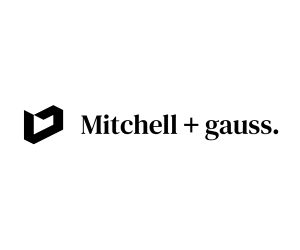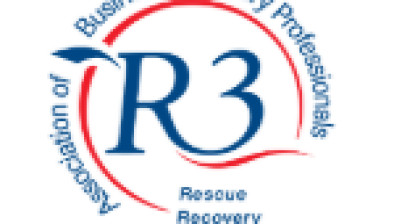R3: Creditor action fuels rise in Scottish business insolvencies

Tim Cooper
Annual statistics for the financial year 2024-2025 show a slight increase in corporate insolvencies in Scotland, contrasted by a notable decrease in personal insolvencies.
There were 1,175 corporate insolvencies recorded, representing a marginal 0.6% rise from the previous year (1,168) and a 3.8% increase compared to 2022-2023 (1,132). In contrast, personal insolvencies dropped by 8.3% to 7,412, down from 8,082 in 2023-2024.
According to Tim Cooper, president of the insolvency and restructuring trade body R3, the rise in corporate failures stems largely from an increase in compulsory liquidations. This reflects creditors, particularly HMRC, becoming more proactive in pursuing debts.
An uptick in Members’ Voluntary Liquidations also contributed, possibly due to directors closing solvent firms ahead of rising operational costs, such as National Insurance and the Minimum Wage increases announced in the Autumn Budget.
He said: “These increases will particularly affect businesses with a high proportion of lower-paid or part-time roles, including those in retail, hospitality, and social care.
“As the changes take effect, the pressure on margins is being felt across the board, and business owners are facing difficult decisions about how to manage through an already tough environment.”
Mr Cooper anticipates continued pressure in 2025 due to costs and subdued economic growth.
He explained: “Cost pressures remain a real concern, and with growth expected to stay subdued, many firms will be working hard just to maintain stability.
“There is also uncertainty around global trade, particularly with new US tariffs on the horizon, which could affect some of our key exporters. While a degree of stability is welcome, conditions remain difficult, and many businesses will be focused on adapting to what could be another uncertain year.”
Looking at personal insolvency numbers, Mr Cooper said: “The yearly decrease has been driven by a fall in Protected Trust Deeds, which have fallen to the lowest level since 2015-16. This is likely due to the impact of changes to the process which took effect in July, introducing tighter eligibility criteria and increased scrutiny around the process.
“At the same time, the number of bankruptcies has remained broadly consistent, and has been higher over the past two years than during 2022–2023. That may reflect a rise in the levels of debt individuals are carrying, compared with during the pandemic period.
“2024 was another difficult year for households across Scotland. The high and increasing costs of food, energy, and other bills continued to put a strain on personal finances, leading some to rely on food banks or dipping into savings just to cover basic expenses. Consumer confidence also took a hit, with people feeling increasingly worried about their financial future and cutting back on non-essential spending as a result.”
Mr Cooper continued: “The cost of housing also remains a major concern. The end of the rent cap in March is expected to add further financial strain, particularly in urban areas where rents have already risen steeply. At the same time, high mortgage rates continue to affect homeowners. While recent interest rate cuts may provide some relief for new borrowers, those with existing loans remain under significant pressure.”










